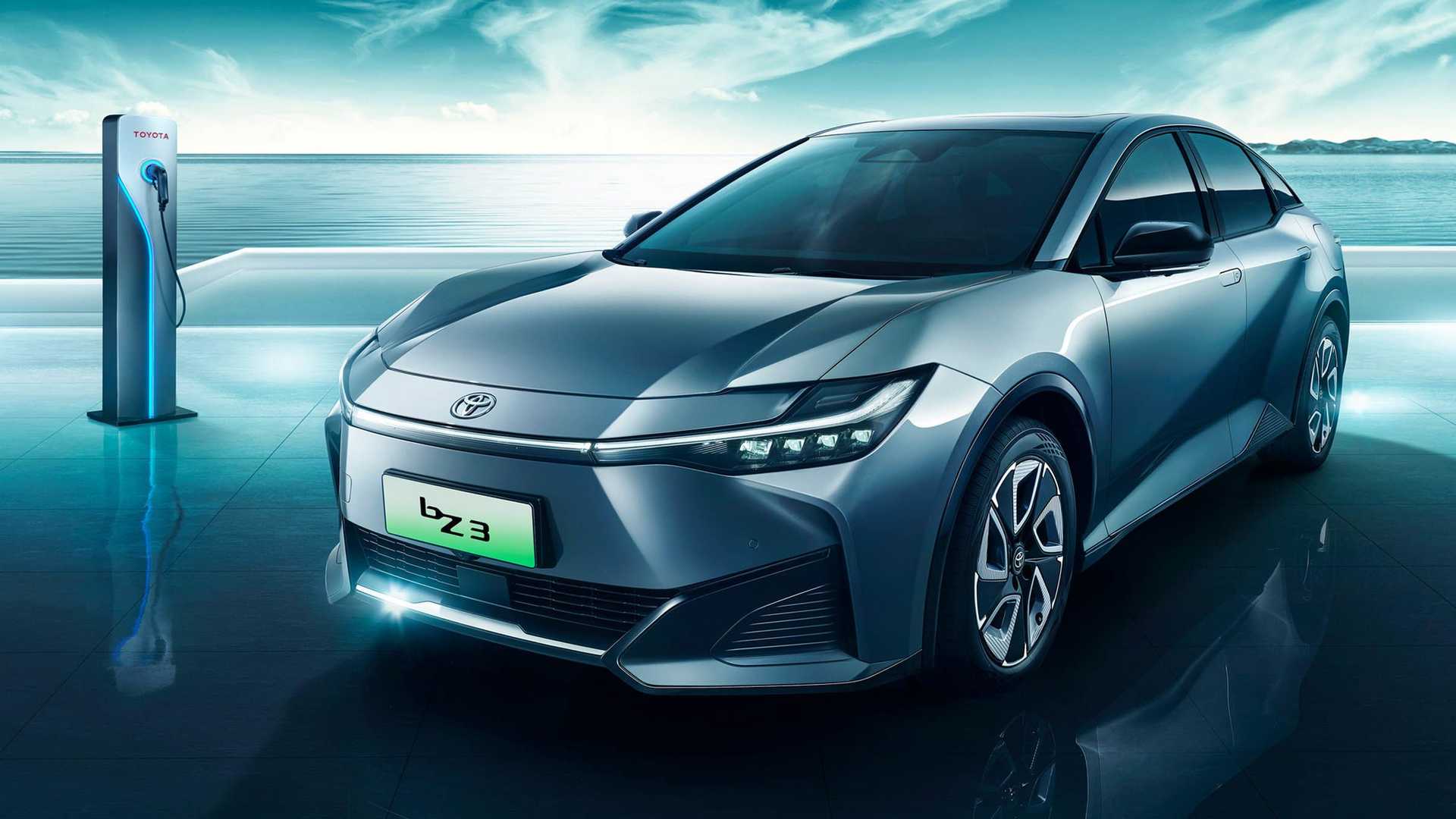If someone said 2-3 months ago that Tesla’s NACS standard would most likely be the leading charging standard for North America first, and then spread from there to other continents, surely many people would have looked at it strangely. And now it seems very likely that Elon Musk got bloodied regarding the merger of Ford and General Motors. on Twitter (which can be considered as his official communication channel)because he also invited Toyota to join the NACS party.
However, a few months ago, the fact that Tesla allowed electric cars from other manufacturers to Supercharger functions at all blew the fuse for many people. And now America is already there, as two of the largest automakers on the continent (Ford, GM) have announced that their e-cars will soon be equipped with Tesla’s NACS charging connector. Deprecation of the local version of the increasingly prevalent CCS standard, CCS1.
After the two big companies, everyone’s curious to see who will be next, because the story doesn’t stop here, that’s for sure. Many people have named the Stellantis Group as a great candidate to join, if only because they currently own several brands that were previously in American hands. However, now they are waiting, but definitely watching events.
On Wednesday last week, Elon Musk himself offered Toyota the opportunity to join a coalition, when he was Business interested One of its journalists expressed his displeasure on Twitter about testing the Japanese manufacturer’s bZ4X e-car. According to the author of the post, Toyota’s cargo capacity is painfully slow, so a serious trip can only be completed with a significant loss of time. Elon Musk commented on this post that he welcomes them to the party created by automakers joining NACS:
Business Insider drove the new Toyota bZ4X EV from New York to Washington, D.C. and back. The 9 hour drive took 3 hours to charge. Even at 37%, the bZ4X refused to draw more than 35 kW of charging speed.
The Model Y will need to charge approximately 30 minutes for the entire flight. pic.twitter.com/86F12HTgOX
– Sawyer Merritt (@SawyerMerritt) June 14, 2023
According to the post above, the bZ4X was only able to charge at 35 kW when the battery pack was 37 percent charged. The highest charging speed available is usually in this range, so even compared to the arguably 100kW average these days, the 35kW output seems really miserable. All of this can be acceptable data around 2018. This is because of the neglect of the past years, because the previous Toyota management didn’t really push the BEV line, but with the arrival of the new management, maybe this will also change.












































